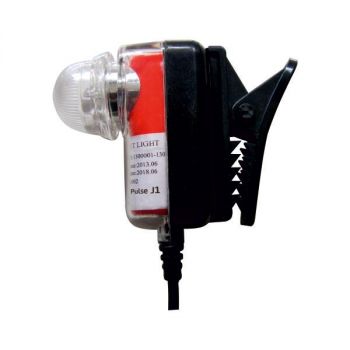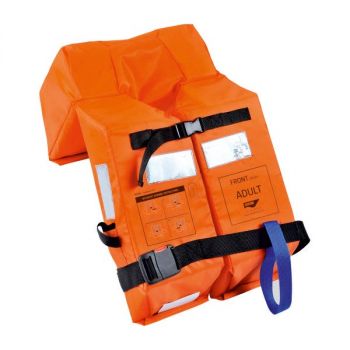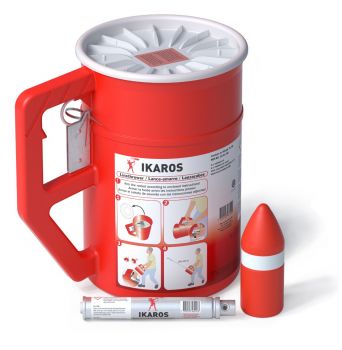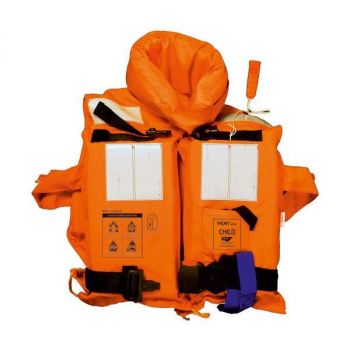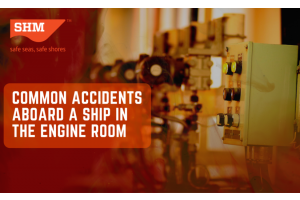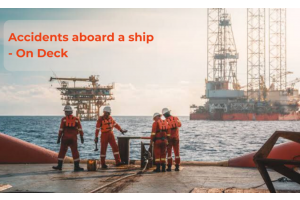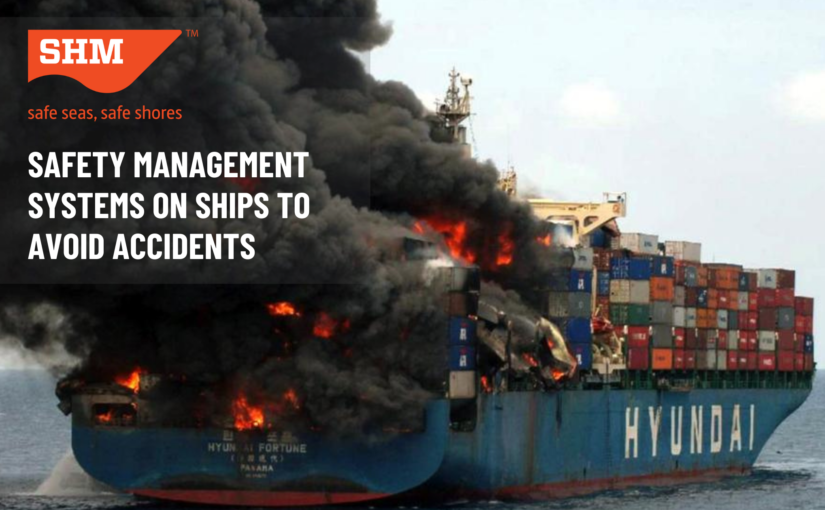
Working on ships constitutes a significant risk as they are subject to the whims of nature more than most modes of transport and are prone to accidents and mishaps when out in the ocean. Every commercial vessel and its crew are equipped to handle such incidents. However, there is still the need for a proper guidance system that prevents such accidents from potentially occurring. Safety Management Systems, or SMSs, play a crucial role in ensuring that all ships follow a strict procedure to minimize the occurrence of mishaps.
Here is a brief overview of a Safety Management System, the different types an SMS, its role in avoiding accidents, and a brief look at its sections.
What is a Safety Management System?
All vessels that venture out to sea require a Safety Management System (SMS). It is an organized system planned and implemented by shipping companies to ensure the safety of the vessel and its surroundings. A safety management system is a vital aspect of the International Safety Management (ISM) code, as it details all essential policies, practices, and procedures that are to be followed on board ships to ensure that they function safely.
The SMS outlines safe operating parameters and ensures that every ship complies with the mandatory safety rules and regulations, follows the necessary codes, guidelines, and standards recommended by the IMO, enables the protection of the marine environment, and prevents maritime accidents.
Marine SMS is a legal requirement that all commercial vessels must follow. It refers to a comprehensive document that details the procedure, rules, policies, and practices for the crew to follow and ensure safety at sea.
What is ISM Code?
The ISM code known as the International Safety Management Code provides a set of regulations to facilitate improvement and increased safety in the maritime industry. Additionally, it also emphasizes environmental protection and rules to curb marine pollution. The ISM code was established in 1994 as part of the Safety of Life at Sea (SOLAS) convention. Therefore, a safety management system is a vital part of a ship’s SOLAS ISM Code.
Types of SMS – SOLAS and Non-SOLAS
All commercial vessels are divided into two types of Safety Management Systems – SOLAS and Non-SOLAS.
As per the Maritime Rules, a SOLAS ship is any ship for which the International Convention for the SOLAS 1974 is applicable. Any passenger ship engaged on an international voyage or a non-passenger ship of 500 tons gross tonnage or more embarking on an international voyage is a SOLAS ship. The ISM Code provides a safety management system for such ships.
On the other hand, non-SOLAS ships are those commercial vessels that do not fit under the description of a SOLAS ship, barring a few exceptions. Non-SOLAS ships have four different categories of SMSs, namely – Maritime Operator Safety System, Safe Operational Plans, Safety Case, and Specified Limits Permit.
SMS Sections & What They Include
The safety management system for every vessel is different and is written based on the type of the vessel, its size, cargo, and location. Additional factors like potential weather conditions that the ship may encounter on its route need to be considered.
Various ISM Code elements are essential for every ship operator to know. According to these, every safety management system is divided into different sections for easy reference according to careful consideration. It usually details all the basic functional requirements and the operational method for the vessel to follow daily.
In addition to emergency response guidelines, here are all the essentials that to be included in a ship’s safety management system –
1. Procedure and guideline
The SMS outlines basic procedures and safety guidelines that the crew should adhere to at all times to minimize the chance of an accident at their end. It also includes details about the expected response during an emergency.
2. General Information
This document covers all information about the vessel, the owner company, or an individual owner, and all details of its operations. It also includes details of the designated person in charge of overseeing the maintenance of SMS.
3. Safety and environmental protection policies
These guidelines ensure safe operations of ships and their adherence to the marine laws and protection of the marine environment. It describes in detail the information about how the owner aims to create a safe workplace and their measures to protect the marine environment.
4. Vessel details
This document requires all details of a vessel like its capacity, weight, cargo, maintenance, and technical details that are highlighted for easy reference of the crew and the person in charge.
5. Resources and personnel
The document provides the details of people in the organization, their qualifications, and their training. It also includes the assessment results to ensure that the people on board are qualified.
6. Operational procedures
Specific emphasis is operational procedures as the crew must conform to the basic everyday operations to ensure that the ship stays up-to-date and adheres to the SMS rules. It also contains the SMS elements, inspections, risk reductions, safety procedures, and other information for the crew.
7. Emergency procedures
The crew response during operational procedures is different from its response during a crisis. To minimize chaos, and promote a streamlined effort, the SMS details the emergency procedures to follow in case of an accident or mishap. It can minimize the impact of the event, curb damages to the ship and cargo, and save lives.
8. Documentation
Documentation refers to careful storage of all relevant papers and thoroughly recording the regular events on the ship.
9. Safety Management System Review
Since the crew is in charge of overseeing and planning maintenance, it is essential their plans are outlined, properly scheduled on paper, and reported on completion. The SMS review should also detail the review procedure for the SMS, the method of assessment, and the updates in it to ensure that it stays relevant and effective for the long term.
10. Master’s responsibilities and company’s responsibilities
Since the ISM code focuses on the company, it highlights the role and responsibilities of the company in enforcing policies on the ship. The master’s responsibilities refer to the roles of the master or the designated person in implementing safety policies, motivating the crew, and issuing clear orders and instructions to them on the ship.
Role of Marine SMS in preventing accidents
Since the ocean is unpredictable and poses risk to the well-being of ships, every vessel needs to be up-to-date on all safety measures and adhere to the necessary safety standards. It can be achieved by regularly reviewing and updating marine SMS. As SMS detail and highlight all the essential elements of a vessel, it is easier to analyze them and conduct audits to predict and fix any malfunctions.
Safety Management Systems ensure that every vessel is safe, people are uninjured and the environment and property stay undamaged. SMS can be reviewed on an annual basis if the documents for vessels are updated as often as possible to eliminate potential risks and hazards.
SMSs play a vital role in risk management and help companies create a proper plan of action to encounter potential emergencies and accidents. They also ensure that your vessel is environmentally friendly, safe, and stays out of harm’s way.


